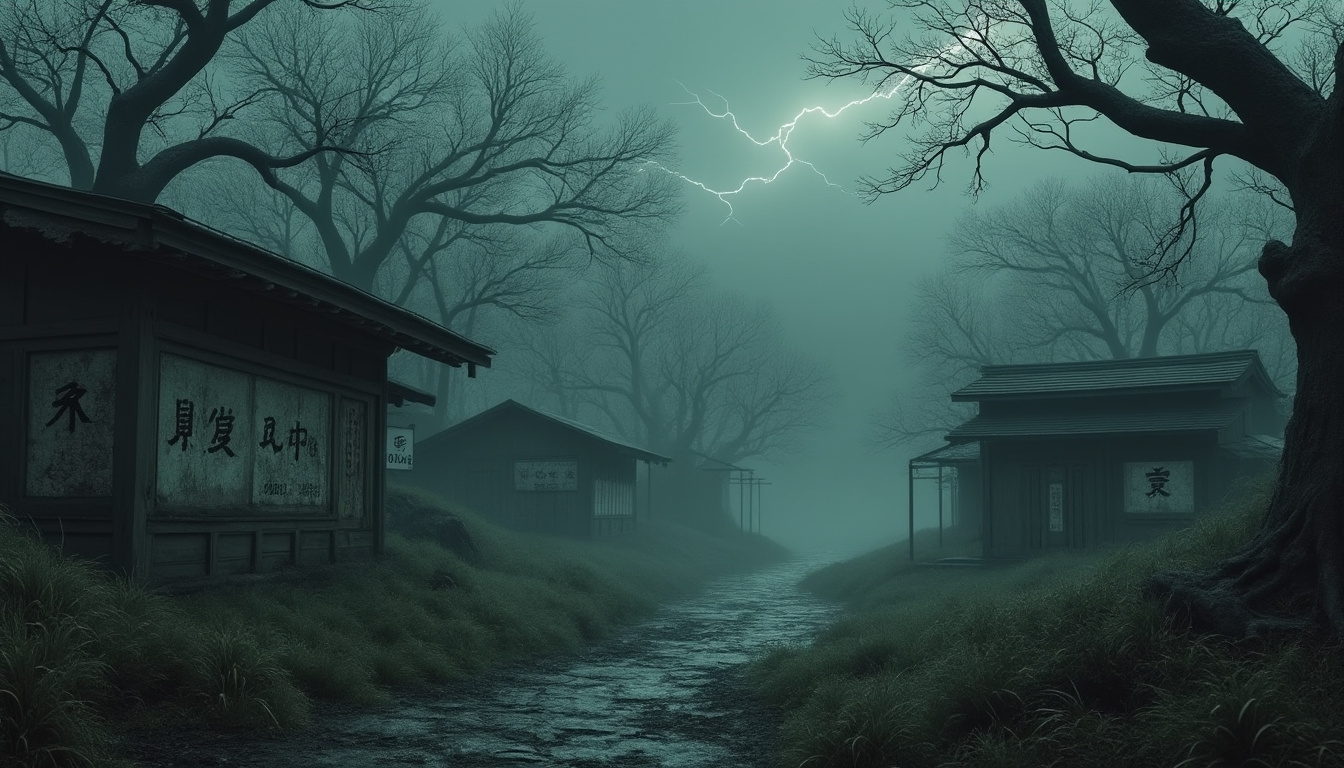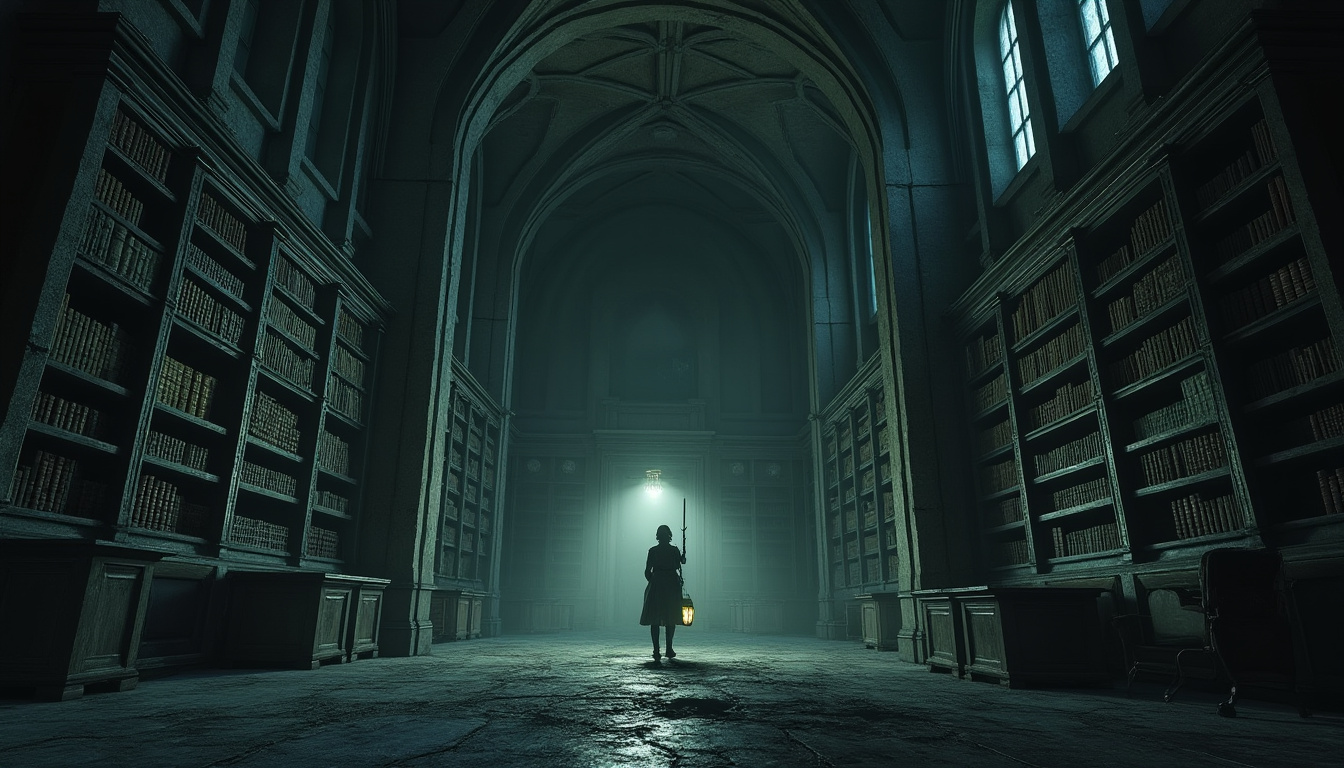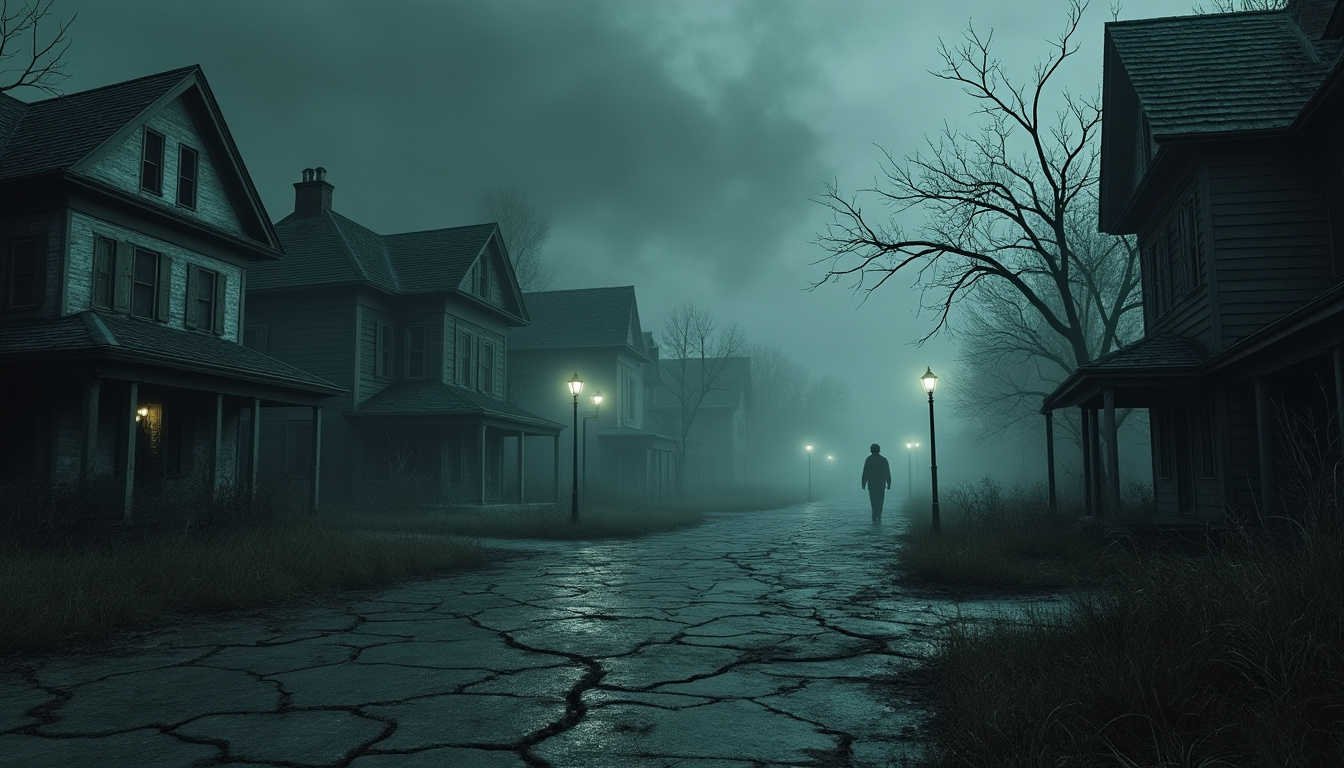The return of the Silent Hill series has stirred excitement among hardcore fans and newcomers alike. With the success of Bloober Team’s remake of Silent Hill 2, it is no surprise that anticipation for the franchise’s next installment was high. Now, with the introduction of Silent Hill f, developed by NeoBards Entertainment, the horror genre is graced with a fresh take that expertly combines psychological elements with visceral combat. Set against a backdrop that is as beautiful as it is terrifying, this latest game promises to deliver an experience that is both nostalgic and innovative.
Exploring the Distinct Japanese Setting of Silent Hill f
One of the most compelling aspects of Silent Hill f is its unique Japanese setting, which sets it apart from previous entries in the series. Traditionally known for its gloomy, rustic New England aesthetic, the game transports players to a quaint town in Japan called Ebisugaoka. At first glance, the picturesque landscape reveals charming neighborhoods bordered by rolling hills, evoking a serene atmosphere reminiscent of beloved Studio Ghibli films. However, this calm facade quickly unravels, revealing the darker undertones that define the essence of Silent Hill.
The contrast between beauty and horror is not merely aesthetic; it plays a significant role in shaping the narrative and overall experience of the game. The town of Ebisugaoka becomes a character in its own right, filled with secrets lurking beneath the surface. Numerous environments—such as tranquil parks and run-down schools—are both inviting and unnerving, providing a constant tension that pervades exploration. This sense of duality enhances the psychological horror elements, drawing players deeper into the narrative’s twisted journey.
The Role of Environmental Storytelling
Environmental storytelling is a hallmark of the Silent Hill series, and f continues this tradition by utilizing its Japanese setting to enhance immersion. Players are encouraged to probe every nook and cranny, uncovering the hidden lore that surrounds the town and its inhabitants. Clues scattered throughout the environment provide insights into character backgrounds, showcasing the tragic events that have unfolded and contributing to the overarching narrative.
- Detailed Backgrounds: Items like letters or photographs placed strategically throughout Ebisugaoka add layers to the storytelling.
- Atmospheric Sound Design: The soundtrack, a collaboration with renowned composers, heightens tension, further immersing players in the unsettling ambiance.
- Cultural Significance: Ebisugaoka incorporates elements from Japanese folklore, evoking a sense of dread unique to the local myths, enhancing the game’s cultural texture.
The use of environmental storytelling in Silent Hill f provides players with a deeper understanding of the unfolding events and what the town represents, making every exploration moment critical. As players traverse the eerily transformed landscapes, a chilling familiarity emerges, offering an unsettling nostalgia that invokes previous games while crafting something new. This interplay effectively demonstrates Konami’s commitment to preserving the Silent Hill legacy while pushing boundaries in unexplored territory.

The Satisfying Mechanics of Survival Horror
While many horror games often struggle with combat mechanics, Silent Hill f excels in this area, providing players with a robust and engaging combat system. Players can utilize melee weapons to execute both weak and strong attacks, with the option to unleash counterstrikes when the timing is right. This system introduces a strategic element that requires players to weigh their actions carefully, balancing offense with the need for defense.
What enhances the combat experience further is the decision-making process related to the game’s sanity meter. Engaging in fierce combat can deplete this crucial resource, meaning that players must choose their moments wisely. Fighting can lead to exhilarating moments, but carelessly engaging multiple enemies could quickly lead to dire consequences.
Combat as a Reflection of Horror
Combat in Silent Hill f transcends mere mechanics; it acts as a reflection of the game’s themes. Every choice has weight, underlining survival horror’s fundamental ethos—that survival is never guaranteed. Players can opt for bold strategies or take a more cautious approach, and both will yield vastly different experiences. The game ensures that the danger is palpable, pushing players to the edge, both in gameplay and emotionally.
- Strategic Options: Players can mix and match their fighting style based on available resources, fostering a unique experience every run.
- Creature Design: Enemy design plays a pivotal role in combat, with each creature presenting a different challenge—forcing players to adapt their strategies continuously.
- Pacing: The game alternates between adrenaline-pumping moments and atmospheric downtime, creating an engaging rhythm that enhances player immersion.
The result is a combat experience that feels alive and engaging while constantly reminding players of the horror that stalks them. The intricacies of Silent Hill f’s combat not only enhance interactions with enemies but also play into the overarching narrative that defines the franchise.
Dreadful Puzzles and Psychological Challenges
As hallmark components of the series, puzzles in Silent Hill f weave beautifully into the narrative while maintaining the horror atmosphere. Each puzzle challenge is cleverly integrated into the environment, ensuring that their solutions contribute meaningfully to the story. The unique advantage here is the constant presence of danger; each movement can lead to an encounter with one of the horrific creatures that infest Ebisugaoka.
This integration prompts players to remain vigilant as they work to uncover clues. The need to listen closely for audio cues signaling an approaching enemy creates a delicious tension that permeates all puzzle-solving moments.
Types of Puzzles in Silent Hill f
Throughout Silent Hill f, players will encounter various types of puzzles, each requiring different modes of thought and exploration:
- Environmental Puzzles: These require keen observation of the surroundings and often utilize in-game items like keys or tools.
- Logic-Based Puzzles: Players will engage in riddles or numerical challenges that require critical thinking and a firm grasp of the story.
- Time-Sensitive Puzzles: Adding to the urgency, some puzzles may require players to complete tasks before a lurking enemy arrives.
The presence of puzzles reinforces the concept that every action influences survival in the game. Players must remain constantly engaged, making Quick thinking is essential in a world that rarely offers peace.

A Haunting Narrative Crafted by Ryukishi07
When discussing Silent Hill f, the storytelling crafted by Ryukishi07 cannot be overlooked. This acclaimed writer’s ability to weave together complex characters and compelling narratives serves as the backbone of the game. Utilizing horror to explore deep emotional themes, Ryukishi07 pushes the boundaries of player experience—keeping players guessing and questioning their perceptions throughout the journey.
The story navigates the intricacies of trauma, loss, and the impact of choices. As players dive into Ebisugaoka’s chilling narrative, they encounter various characters, each with their dark riddles and personal struggles. Building relationships within the game leads to profound emotional engagement, urging players to reflect on their journey—both within the game and in their own lives.
Narrative Techniques and Effects
The emotional resonance of Silent Hill f takes center stage and forms an unforgettable bond between players and characters. Techniques employed by Ryukishi07 include:
- Flashbacks: These elements not only develop backstory but also blur the lines between reality and hallucination—contributing to the psychological horror.
- Symbolism: Frequent symbols arise throughout the game, representing broader themes such as connection and isolation, heightening the psychological intensity of the story.
- Character Development: Each character is crafted with care, reflecting the complexities of human nature, and enriching the narrative.
As players navigate unsettling revelations about the town and characters, they become part of a larger narrative that challenges their perceptions of fear and strength. Silent Hill f succeeds not just in creating a game, but in constructing an emotional experience that resonates on multiple levels—something truly commendable for a horror title.
Final Thoughts on Silent Hill f’s Impact on the Horror Genre
Silent Hill f marks a pivotal moment in the franchise, standing as a testament to Konami’s commitment to revitalizing what has been a beloved horror series for over two decades. It combines a breathtakingly eerie aesthetic with a deeply engaging gameplay experience, reinforcing the franchise’s legacy while ushering in a new era. Both newcomers and returning fans of psychological horror will find something remarkable within the cramped streets of Ebisugaoka.
With a comprehensive blend of unforgettable storytelling, innovative combat, and intricate puzzle-solving, Silent Hill f delivers not just a game, but an entire experience crafted to terrify and challenge. In a genre often inundated with predictable tropes, this title stands out as a breath of fresh air, reintroducing the haunting allure of the Silent Hill series.
The success of intersecting gameplay mechanics with an immersive narrative hints at an exciting future for the survival horror genre. Players can only hope that this revitalization will lead to more spine-chilling adventures—whether through direct sequels or other horror stories inspired by what make Silent Hill so unforgettable.


